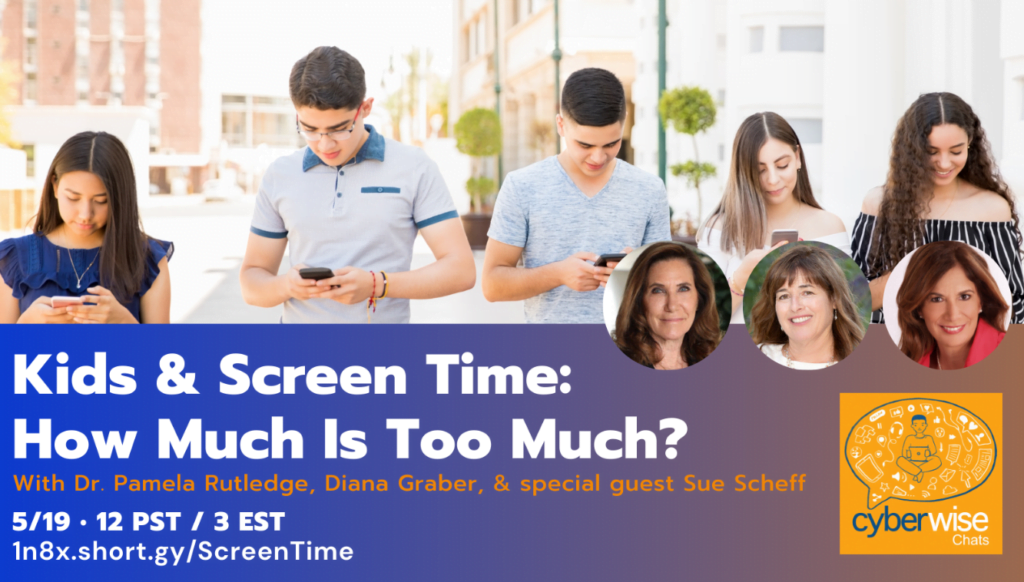Is Excessive Screen Time Causing Teen Depression and Anxiety?
Common Sense Media reported that screen use for adolescents jumped 17 percent since 2019, a steeper increase than in the prior four years prior the pandemic. Screen use rose by nearly 50 minutes per day for those ages 8 to 12 (tweens) to five hours and 33 minutes per day, and by more than an hour and 15 minutes for teenagers, to eight hours and 39 minutes per day. And those increases do not include students’ screen time in class or for schoolwork.
Teachers say they see the effects of heightened digital exposure in the classroom. In a nationally representative survey by the EdWeek Research Center in February, 88 percent of educators reported that in their experience, students’ learning challenges rose along with their increased screen time. Moreover, 80 percent of educators said student behavior worsened with more screen time. Over a third said student behavior has gotten “much worse” due to rising screen time.
More concerning is the impact that screen time is potentially having on a teens’ mental health. Their behavior at home, when parents attempt to limit screen time or remove devices all together, becomes erratic to explosive. A teenager can go into a rage, destroying property, being verbally abusive and overall out-of-control when they feel detached from their screen. This is very, very real. Parents are at their wit’s end with this screen addiction.
Join a panel of experts to chat about this topic on May 19th at noon (PT) – 3pm (EST) in a Free Cyberwise podcast:
Kids and Screen Time: How Much is Too Much?
Learn more about:
- How much are kids and teens spending with their screens?
- What are they doing and why should I worry?
- What should I do if I find my teen has an unhealthy dependence on screens?
- Do parental controls really work?
Listen to the “Much is Too Much Screen Time” Cyberwise Chat Podcast.
Tips to limit screen time:
Home tech contract: Need help creating a smartphone contract or device contract? Cyberwise offers a technology agreement you can download and create to fit your families needs.
Modeling good digital behavior: We hear this so frequently, it’s about leading by example — but the truth is, research backs this up. Studies have said that parents have the most influence over their children and especially their teenagers. If you are constantly checking your social feeds, or oversharing on social media, this give your teen the greenlight to do the same. It’s time to become more self-aware of our own digital behavior.
Create device free time: Whether it’s meal time or one of day during the weekend, in your tech agreement be sure there is a time when everyone is off their devices. Having this digital detox can really help develop healthier connection with people and with your family.
Lights out, screens out: How many parents wake up in the middle of the night only to find their teen scrolling down their screens? MANY. You thought they had their phone off, or it was put away. This is when it’s time to invest in a lockbox — whatever time you have designated for screens out, is when the phones are placed in the lockbox. Too many teens are now struggling with disrupted sleep patterns from staying up with their devices.


